ITINERARY
- Part 1
- Part 2
I wanted to write about Albania for a long time, since few people report on it, meaning that not many travel there, which is a shame.
Our trip took place in 2018, so some things may have changed since then. Upon landing in Albania, we headed to the capital, Tirana, “for duty reasons.” The city’s central square, Skanderbeg Square, with its equestrian statue of this national Albanian hero who fought for independence from the Ottoman Empire, was under reconstruction, making parking impossible.
Having taken a quick look at the buildings on the square (the Et’hem Bey Mosque and the elegant Clock Tower next to it, the Palace of Culture, the National Opera, and the National Library), we left it оnto the completely congested main street and felt an immediate urge to escape this chaos as soon as possible—which we did.
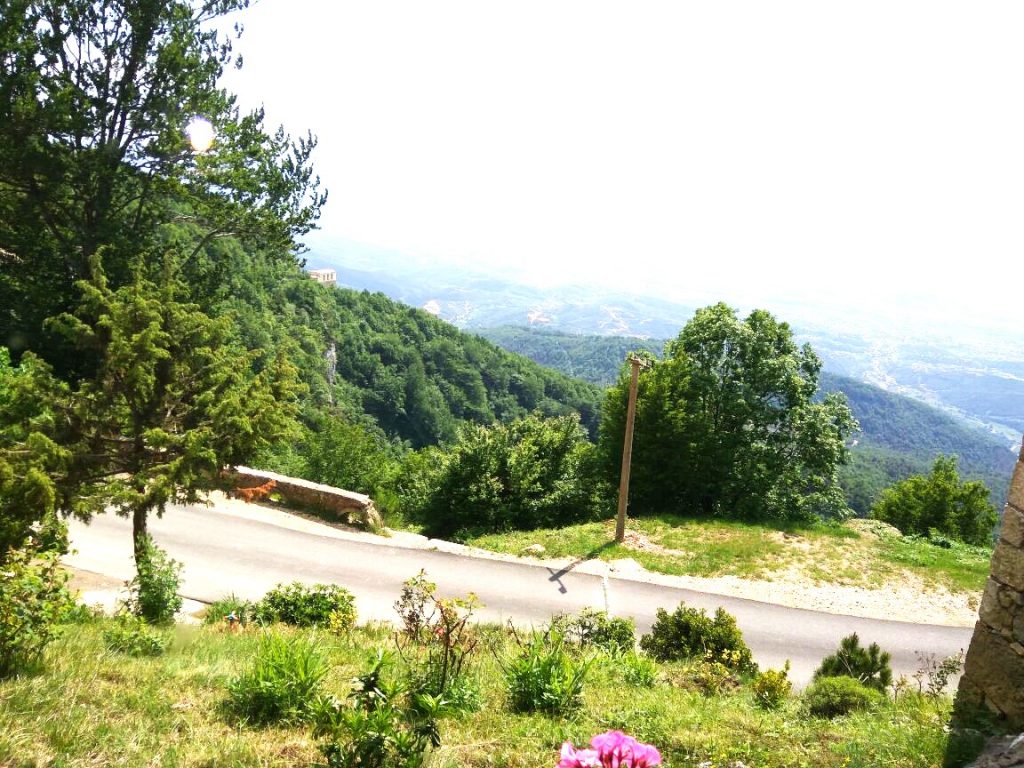
The first thing in our planned route was the ascent to Dajti National Park (Parku Kombëtar i Dajtit). The park is located 26 km from Tirana on the slopes of the Dajti mountain range. It offers vast views of the plains extending almost to the sea, which earned it the nickname “The Balcony of Albania.” Getting there took quite a while since Waze was unaware of the park and led us to a village of the same name. Of course, there were no signs. We only reached our destination after much effort and with the help of a local resident, to whom I somehow managed to explain what we were looking for.
Without a car, you can reach the park by the “Dajti Express,” a cableway that takes passengers from the bottom station on the city’s outskirts to an altitude of 1,613 meters in 15 minutes. The cableway is 2,354 meters long, and a round-trip ticket costs 14 euros. It does not operate on Tuesdays. From Skanderbeg Square, you can get to the bottom station by bus No. 11 (20–25 min).
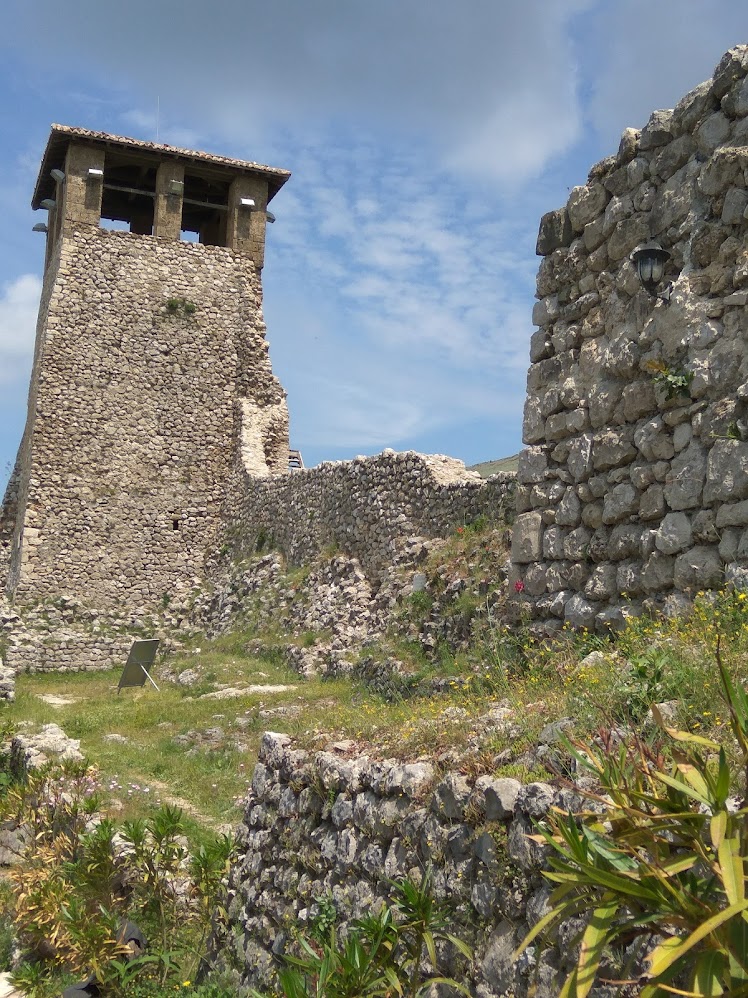
By the time we reached the park, we only had enough time to have a meal at one of the local restaurants, take in the view, and hurry to our lodging in the town of Krujë, 35 km away.
This town is known for its ancient castle (Kalaja e Krujës), though only the tower and remnants of the walls is all that has remained of it.
If you stay, as we did, at ROOMS EMILIANO, located within the castle grounds (today a double room costs 36 euros with breakfast), you won’t want to leave. On fine days, breakfast can be served in the courtyard among the castle ruins, on one of two small hills: from one, you get a breathtaking view of the mountains; from the other, a sweeping view of the city and plains beyond. We still remember that breakfast and the hosts’ hospitality. The Skanderbeg Museum is located within the castle grounds, and below in the city, you’ll find many souvenir shops selling local crafts.

In the morning, we hurried to the main city of northern Albania, Shkodër (Shkodër). The name, like its Slavic counterpart Skadar, likely originates from the Latin scutarii, meaning “guards” (a Roman legion was stationed here). The city lies close to the shores of the largest lake in the Balkans, Lake Shkodër (Skadarsko Jezero in Montenegrin), which forms a border with Montenegro. Only 14 km separate Shkodër from the border. The city center is quite pleasant, but its main attraction is the massive Rozafa Fortress (Kalaja e Rozafës) on the outskirts.
The fortress, founded by the Illyrians in the 4th century BC, stands on a hill. Even if you don’t plan to go inside to explore its impressive ruins, it’s worth climbing up to the entrance—the view from there is stunning, showcasing the surrounding landscape interwoven with numerous straits and channels. Near the fortress, you’ll find some seafood restaurants, but as for dinner, I recommend having it on the charming pedestrian street, Rruga Kole Idromeno.
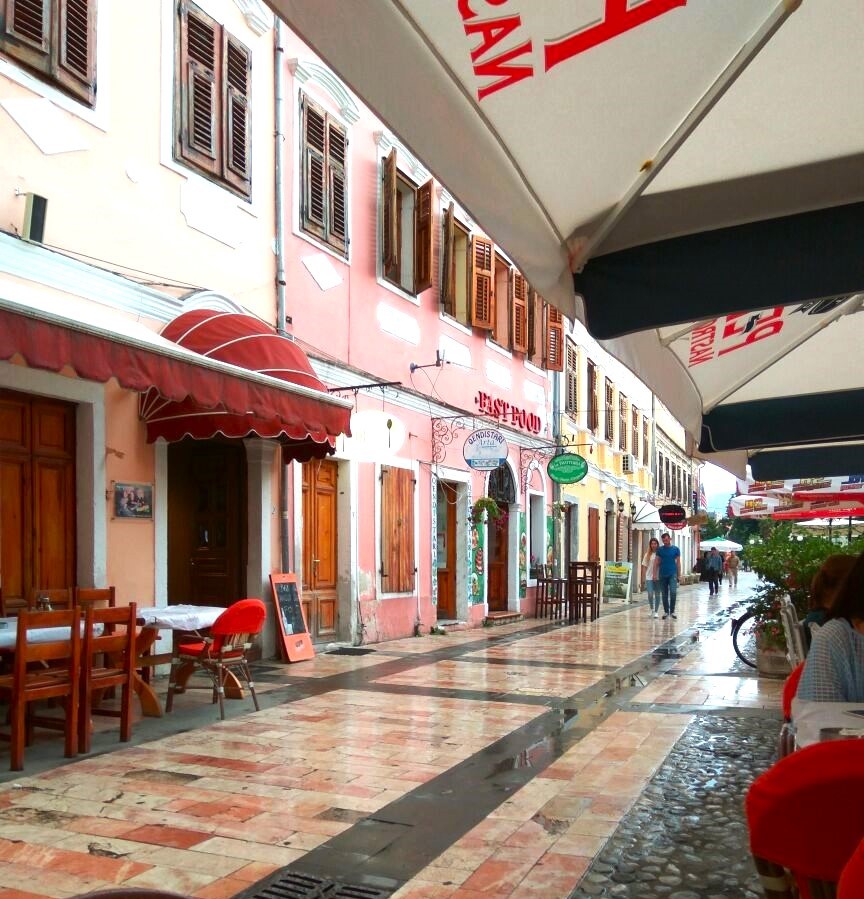
As I wandered down the street, I couldn’t decide where to eat until I stumbled upon a place selling traditional Albanian delicacies. It was interesting, delicious, light for an evening meal, and quite affordable. Unfortunately, I didn’t think to note its name at the time, and I couldn’t find it on Google. I only remember that it was roughly in the middle of the street. I hope it still exists. At the end of the street, closer to the city center, there’s a souvenir shop, Argjendari Souvenire Gjonej, where the owner crafts exquisite silver filigree pieces rivaling those of Córdoba’s silversmiths. We couldn’t resist buying a small silver ship for 50 euros.
Fans of historic bridges can visit the stone Mesi Bridge (Ura e Mesit) 8 km from Shkodër’s center. Built by the Ottomans in the 18th century, it is still in use today, though only for pedestrians as it is too narrow for vehicles. A fun fact: Shkodër has no traffic lights. At some point, a tax was introduced on them, and the locals protested by deciding to live without them. It’s said to be the only city in the world with over 100,000 residents and no traffic lights! (This fact, along with other details, comes from albania360.ru, a comprehensive travel guide with schedules, business listings, and other essential trip-planning information.)
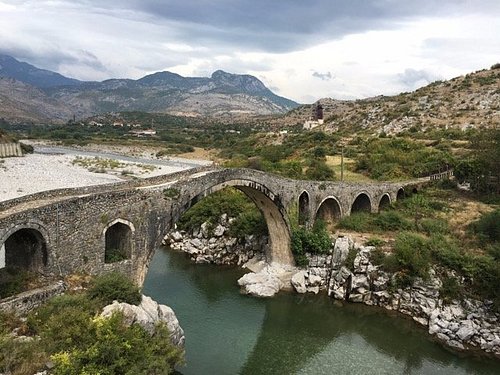
As I had mentioned above, Shkodër is close to the border, which runs not only through the lake but also through the mountains. These are the Albanian Alps, known as Bjeshkët e Nemuna in Albania and as Prokletije, or the Accursed Mountains, in Montenegro. This region boasts three national parks: one in Montenegro, the Prokletije National Park, and two in Albania—Theth National Park (Parku Kombëtar Theth), and Valbona Valley National Park (Parku Kombëtar “Lugina e Valbonës”). Theth is the closer of the two to Shkodër, just 75 km via paved roads. Here’s what a traveler from Nizhny Novgorod, Russia, Maxim D., wrote about it on TripAdvisor:
Theth immediately captivates you!
This small village is surrounded by mountains, their peaks covered in snow. It has a few guesthouses, a school that also serves as a medical post, a small cemetery, and a beautiful church in the center. A crystal-clear mountain river flows through it.
In Theth, you can visit:
1. The Blue Eye Waterfall (Syri i Kaltër, Blue Eye Theth)—a stunning turquoise-blue waterhole. Getting there requires a jeep ride followed by a 3–3.5-hour hike.
2. Grunas Waterfall—a 2-hour hike from Theth. It’s large and impressive.
3. A trekking route leads from Theth to the Valbona Valley (I didn’t do it, but it’s a popular hike).
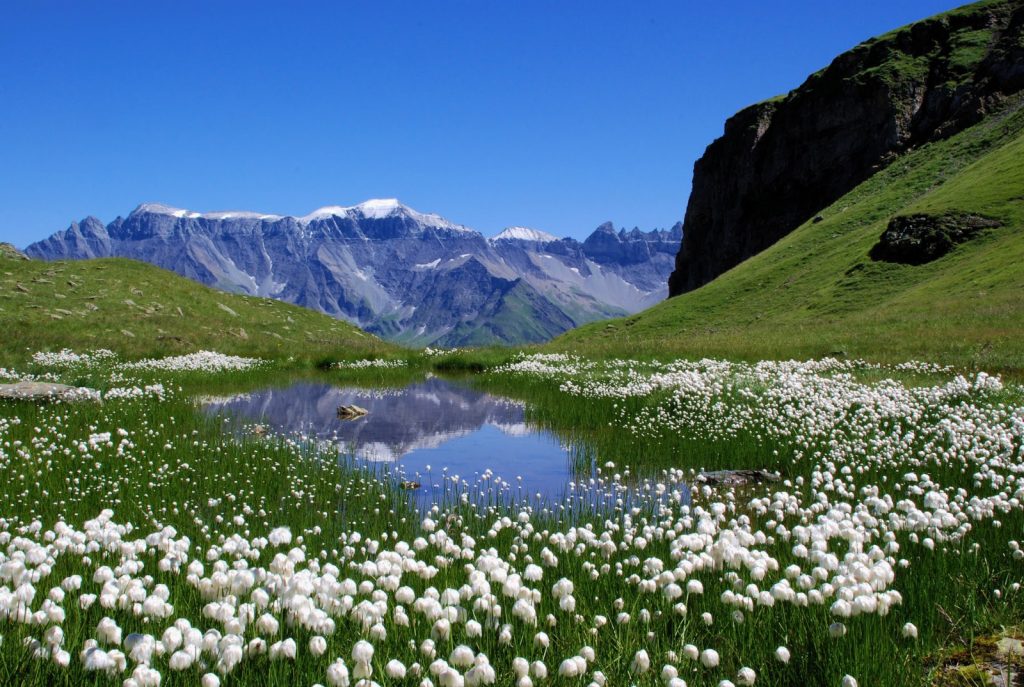
Valbona Valley is 180 km from Shkodër by road, but I’d suggest a more scenic route: drive 129 km to Komani Lake, an artificial reservoir created by a dam on the Drin River, take a ferry through breathtaking landscapes to Fierzë, and then drive the remaining 33 km to Valbona.
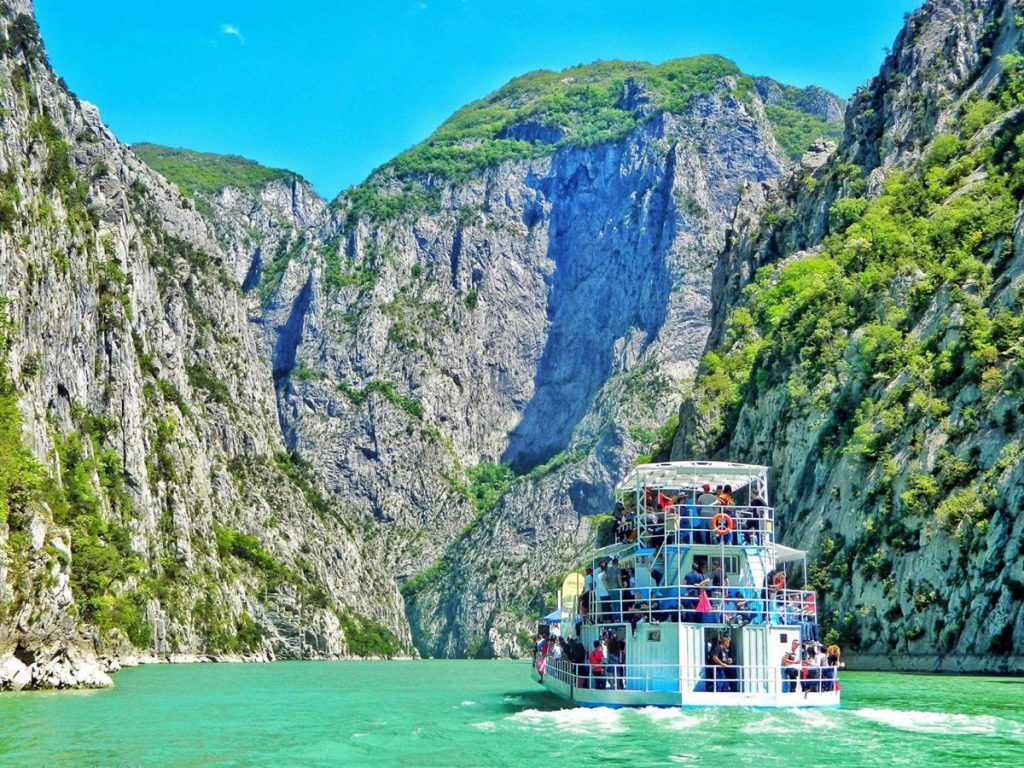
About this park, a traveler from Singapore, copihplic, left this review on TripAdvisor:
One of the most beautiful places I have ever visited! Every step reveals postcard-worth views—wherever you turn, it’s breathtaking. I’m not exaggerating; you have to see it to believe.
The ferry is operated by Berisha, which also offers transport to the dock from four locations: Tirana, Shkodër, Valbona, and Theth. This makes it possible to explore these regions without a car, ideal for those visiting Albania just for the mountains. A regional bus from Tirana’s South and North Bus Terminal (Terminali i Autobusave të Jugut dhe Veriut) reaches Shkodër in 1 hour 45 minutes, with connections from the airport via shuttle or bus. The jagged limestone ridges of the Albanian Alps remind the stunning Dolomites of Italy.
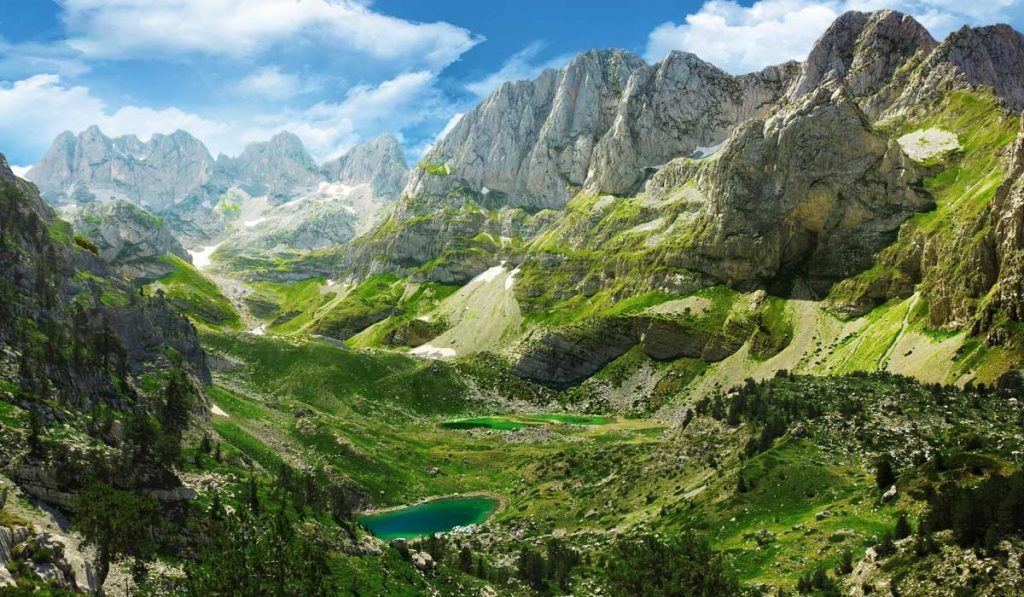
For those short on time: the village of Selcë, 75 km from Shkodër, is a starting point of a scenic 7-km loop hike of easy to moderate difficulty through the Gerrle Canyon, leading to a 30-meter-high waterfall.
Photos of Valbona Valley are from po-ua.com.

